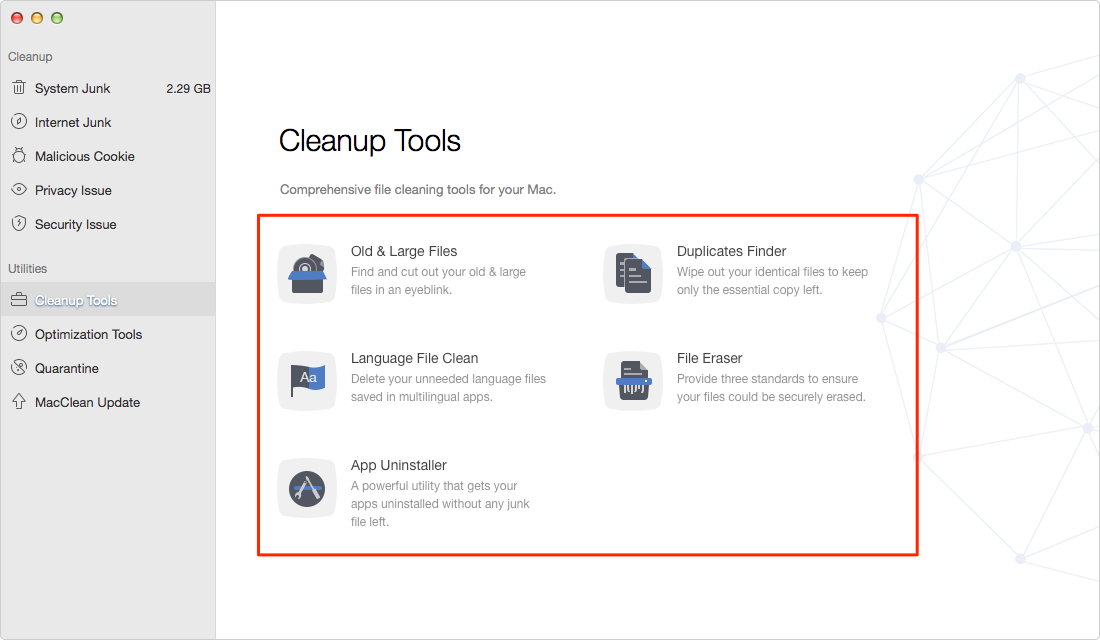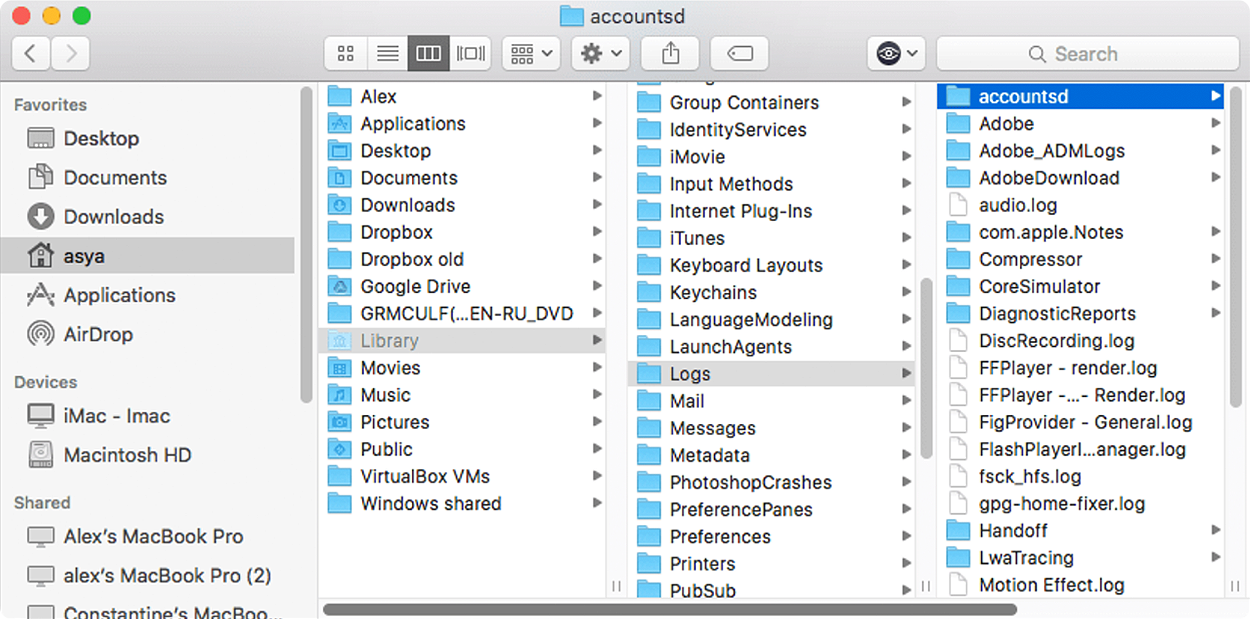
If your erase Macintosh HD from Disk Utility first, Reinstall OS X does a clean reinstall.

If you don't erase the Macintosh HD volume, the Reinstall OS X option does an upgrade install, or it downloads an OS X installer and replaces system files with the default versions.You can try to do an upgrade install or reinstall OS X from the recovery partition:

If the disk with the Macintosh HD volume is shown in Disk Utility, you can try to back it up by pressing the New Image button and saving the dmg file to an external disk. If the disk is not shown in Disk Utility, it could be a hardware issue.Īccording to a related question, resetting the SMC might help. Visit The XLab FAQs and read the FAQ on freeing up space on your hard drive. The Repair Disk button performs completely different operations depending on whether a disk or a volume is selected. You can remove data from your Home folder except for the /Home/Library/ folder. If the Macintosh HD volume or the disk it is on is shown in the sidebar, try repairing them. Disk Utility should normally also show the Macintosh HD volume and disks in the sidebar. You can then use the same method as above and click the X to remove a selected file.Mac OS X Base System is the volume for the recovery system. Click the Downloads tab to view the content of the Download folder organized by age, with the oldest files displayed first.
 The Downloads folder is often full of items that can be removed. The sheet will also let you know how much space removing the item will free up, and that the removal of the item can't be undone. A sheet will drop down, asking if you really wish to delete the selected item. To delete an item, click the X ( delete icon) next to the file name. The other is a magnifying glass, which, when clicked, will display the file in the Finder for additional examination. The first is an X that, when clicked, will delete the selected file.
The Downloads folder is often full of items that can be removed. The sheet will also let you know how much space removing the item will free up, and that the removal of the item can't be undone. A sheet will drop down, asking if you really wish to delete the selected item. To delete an item, click the X ( delete icon) next to the file name. The other is a magnifying glass, which, when clicked, will display the file in the Finder for additional examination. The first is an X that, when clicked, will delete the selected file. 
Scan the list and when you find a file you wish to remove, move the cursor over the file name and two small icons will appear. An erase assistant will pop up on your screen for further assistance. Now, choose System Settings Click on General from the sidebar in the settings menu Click on Transfer or Reset Choose Erase All Content and Settings. Select Large Files to display the documents sorted by size, largest first. Scroll over the corner of your MacBook Screen and click on the Apple logo. Across the top of the center section are three tabs: Large Files, Downloads, and File Browser. Select the Documents category in the sidebar and the central section of the window will display all the document files you have stored on the Mac. The Managed Storage window will open, displaying a sidebar that shows how disk space is used by file categories. Click the Manage button next to the startup drive’s graph.








 0 kommentar(er)
0 kommentar(er)
